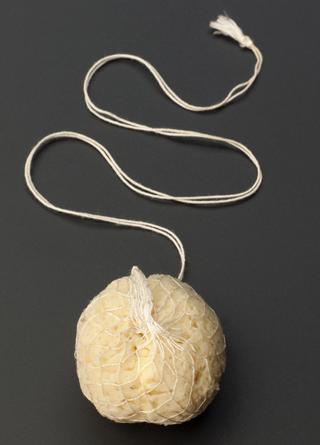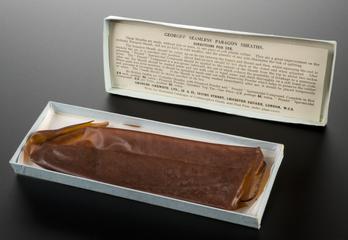
Tarnier's Axis Traction forceps, Paris, France, 1871-1900
- maker:
- Collin et Compagnie

Forceps, traction, Tarnier, steel, chronium plated, wood handles, by Collin of Paris from Charriere, Collin and Gentile collection, circa 1880.
In 1877, French obstetrician Etienne Tanier (1828-1897) introduced the most important innovation in obstetrical forceps during the 1800s. It consisted of an attachment to the blades. This allowed traction to be applied in the axis of the birth canal. The birth canal is the path taken by the foetus during its passage through the pelvic cavity. This example of Tanier’s innovation was made by instrument maker Collin of Paris.
Details
- Category:
- Obstetrics, Gynaecology & Contraception
- Collection:
- Sir Henry Wellcome's Museum Collection
- Object Number:
- A606220
- Measurements:
-
overall: 67 mm x 445 mm x 240 mm, 0.766 kg
- type:
- obstetrical forceps
- credit:
- Wellcome Trust




